TOP 20 USE CASES OF IMAGE RECOGNITION IN CPG RETAIL
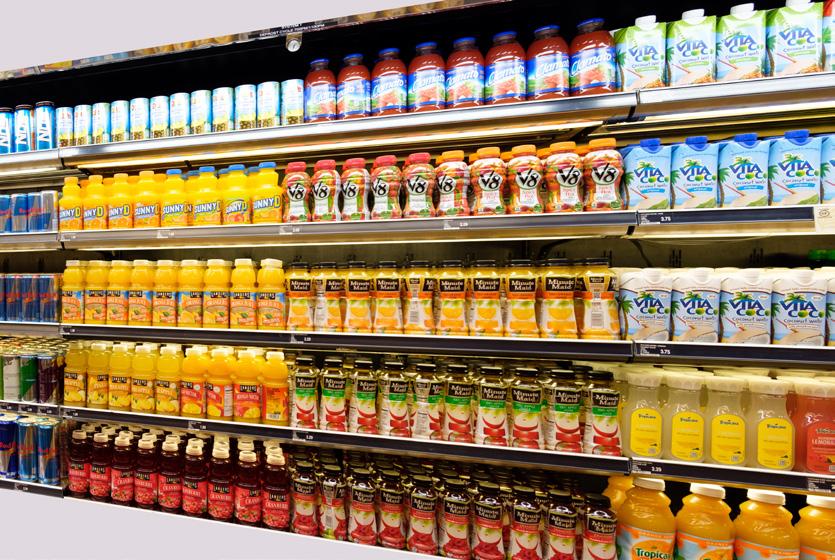
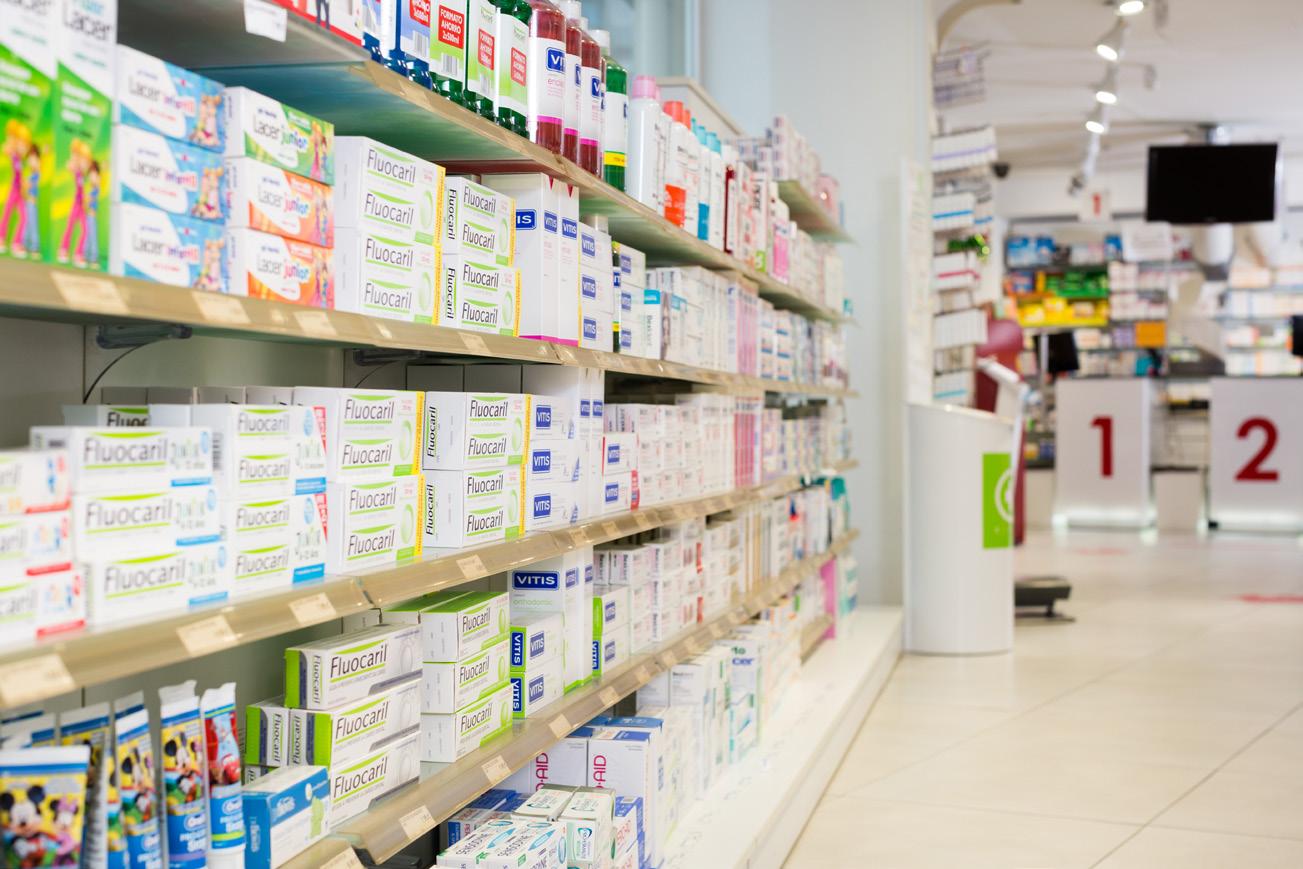
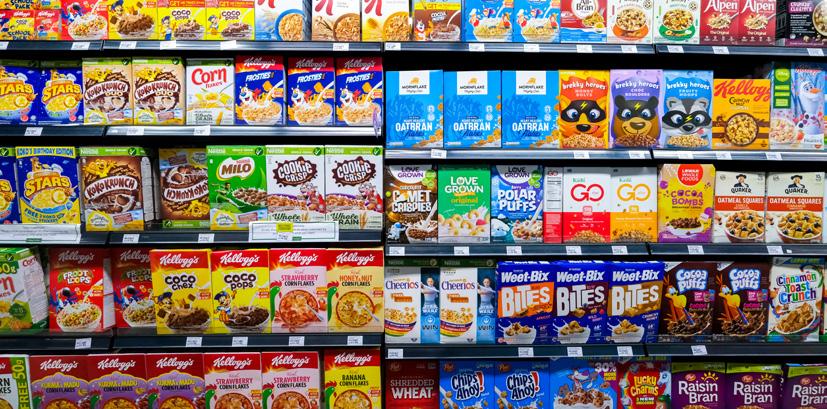
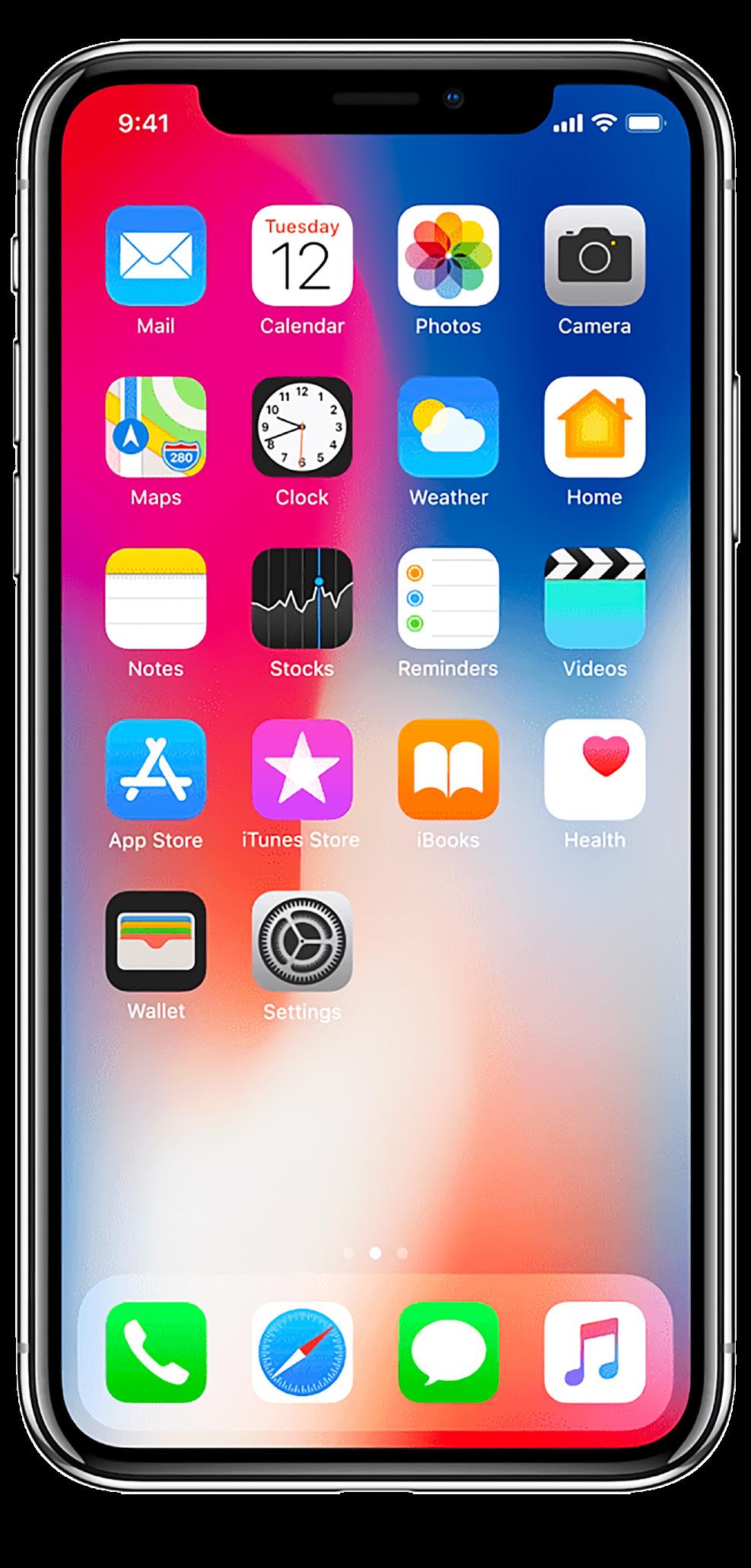

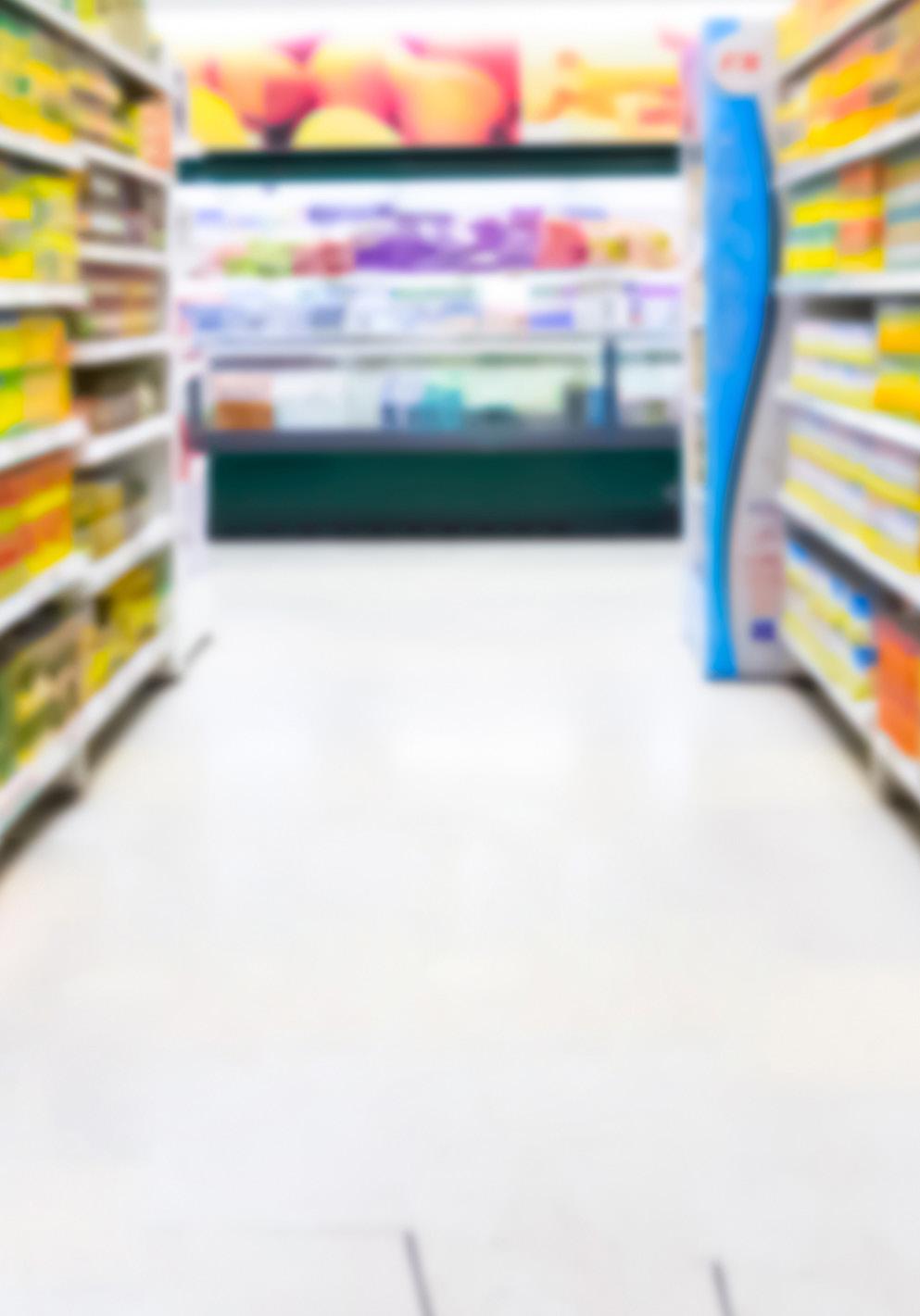

TOP 20 USE CASES OF IMAGE RECOGNITION IN CPG RETAIL







Image recognition has been facilitating
been radical progress. Image Recognition has objects, patterns, and faces in visual content.
According to Data Bridge Market Research, the image recognition market in consumer packaged goods (CPG) is expected to reach USD 10.23 billion by 2030, from USD 2.08 billion in 2022, at a CAGR of 22.00% over the forecast period.
One of the most promising applications of image recognition in the retail CPG space is product identification and classification. Retailers and CPG manufacturers can use image recognition

to identify products, track inventory levels, detect out-of-stock, and monitor stock movements, leading to more accurate and efficient inventory management. Additionally, image
recognition can be used to improve product quality control, reducing the risk of faulty or damaged products reaching the customer.

Theadministration of Image recognition in the retail CPG space is vast and varied, with numerous applications that can improve inventory management, enhance customer experiences, and drive sales growth. As the industry continues to evolve and technology advances, the use of image recognition is likely to become increasingly prevalent, transforming the way retailers and CPG manufacturers do business.
In the early 2010s, some CPG companies began using image recognition technology to help with in-store product placement and merchandising. For example, a company might use image recognition software to analyze how their products are arranged on a shelf and suggest changes to optimize sales. Around the same time, some companies started experimenting with using image recognition to track and analyze customer behavior in stores. For instance, a retailer might

use cameras and image recognition software to understand how shoppers move through a store and which products they interact with.
Image recognition can also be leveraged to enhance the customer experience by enabling personalized marketing campaigns. By analyzing sales & customer data and identifying patterns in their behavior, retailers can create personalized recommendations, promotions, and advertisements that are tailored to each individual customer’s preferences and buying habits.
Furthermore, image recognition can be used to improve store operations by monitoring customer traffic, analyzing store layouts, and optimizing product placements to increase sales. Retailers can also use image recognition to identify and track customer behavior, such as browsing and purchase patterns, to inform store layout and design decisions.
Interms of industry size, the retail CPG space is massive, with a projected global value of $3.2 trillion by 2025. As such, there is tremendous potential for image recognition technology to revolutionize the
industry and drive growth and innovation. In fact, the global image recognition market is expected to reach $39.13 billion by 2025, with significant growth anticipated in the retail and CPG sectors.
Several major consumer packaged goods (CPG) brands are riding the wave by adopting image recognition technology to enhance their sales and marketing efforts.
Below are a few pages out of the book of wonders that Image Recognition brought into the CPG ecosystem:
Coca-Cola is one of the world’s largest beverage companies and has implemented image recognition technology to boost its marketing campaigns. The company uses image recognition to analyze social media images and identify its products in user-generated content, enabling it to track brand mentions, understand consumer sentiment, and identify potential brand ambassadors.

The company has leveraged image recognition to analyze consumer images and identify trends in consumer behavior, enabling it to create personalized marketing messages and improve customer engagement.
that has embraced image recognition technology. P&G has implemented image recognition to monitor store displays and ensure that its products are being displayed correctly. The company also uses image recognition to analyze consumer images and gather insights into consumer behavior and preferences.
Nestle has incorporated image recognition technology into its packaging to improve the consumer experience. The company’s KitKat brand features a “Snap and Share” packaging design that includes an image recognition app, allowing customers to scan the package and unlock exclusive content and promotions.

Unilever is a multinational CPG company that has used image recognition technology to enhance its marketing campaigns.


Procter & Gamble (P&G) is another major CPG brand

PepsiCo has incorporated image recognition into its marketing campaigns to drive engagement and sales. The company has used image recognition to create interactive billboards and digital displays that respond to consumer engagement, enabling it to deliver personalized and immersive brand experiences.
These are just a few examples of the major CPG brands that have adopted image recognition technology to better their sales and marketing efforts. As the technology continues to evolve and become more accessible, it is likely that more companies will incorporate image recognition into their marketing strategies, driving growth and innovation in the industry


Consumer packaged goods (CPG) brands have long been grappling with the challenge of out-ofstock situations in retail stores, which can result in significant losses. To address this issue, many CPG brands have started using image recognition technology to detect out-of-stock situations and reduce losses.
Image recognition technology works by using computer algorithms to analyze images and detect patterns and features. CPG brands can use this technology to analyze images of store shelves to identify when a product is out of stock or has been misplaced. This allows brands to take immediate action to restock the product, reducing lost sales and improving customer satisfaction.
One example of a CPG brand that has successfully used image recognition to detect out-of-stock situations is Coca-Cola. The company developed an AI-powered image recognition tool that uses cameras installed on store shelves to capture images of the products on display. The images are then analyzed by an algorithm that can detect when a product is out of stock or has been misplaced.
By using this tool, CocaCola was able to reduce out-of-stock situations by 30% and improve product availability by 6%. This resulted in increased sales and reduced losses for the company.
Another example is Nestle, which conveniently used an image recognition tool

to monitor product availability and placement in stores. The tool used machine learning algorithms to analyze images of store shelves and identify out-of-stock situations. Nestle uses the data generated by the backend intelligence to optimize its distribution and restocking processes, reducing lost sales and improving customer satisfaction.
Image Recognition technology is a powerful tool for CPG brands to detect out-of-stock situations and reduce losses. By analyzing images of store shelves, brands can identify when a product is out of stock or has been misplaced and take immediate action to restock the product. This improves product availability, increases sales, and enhances customer satisfaction.


Advanced Image Recognition and Retail Execution Analytics for CPG


In-store image capture using InfiViz Shots App
Images processed by InfiViz’s Image Recognition algorithms
Retail Execution insights made available on the InfiViz dashboard or on customer data lake



Proactive alerts and action plans to account managers and fields reps

